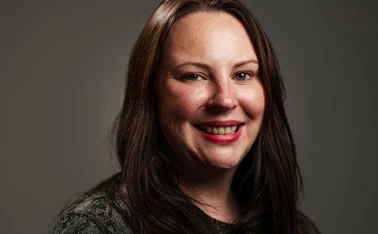
In-depth: Going global

With clients increasingly prepared to export to beat the economic downturn, brokers must be ready to think internationally, writes Edward Murray
 Historically it is smaller companies that have chiselled out reputations for being fleet-footed and agile, but larger mid-market companies need to be just as nimble if they are to pull through these difficult economic times and prosper.
Historically it is smaller companies that have chiselled out reputations for being fleet-footed and agile, but larger mid-market companies need to be just as nimble if they are to pull through these difficult economic times and prosper.
For brokers that serve this mid-market sector, this means being able to help clients cope with the changing risk profile that diversification brings. It is therefore essential to ensure they have the necessary skill sets to design, implement and manage the risk management and insurance programmes required.
To break the economic malaise that has put such unwelcome pressure on businesses over the last five years, the government is pushing an export programme in a bid to help companies expand their markets, grow their sales and take on more staff.
The UK government has stated its intention to double exports to a total value of £1trillion by 2020 and, north of the border, the Scottish government is following a similarly bullish strategy. A few examples of the associated initiatives are outlined in the box on page 32.
It will take a number of years before we can judge how successful these efforts to export the UK out of choppy economic waters have been but, in the meantime, there is little doubt they are changing the nature of many UK businesses and the insurance requirements they have.
Thinking globally
For the largest global brokers like Aon, Willis and Marsh, handling international business and catering for clients with insurance needs in different territories is nothing new. However, for those one or two tiers below, there are challenges to overcome. These include everything from ensuring they have the correct level of in-house technical expertise to making sure they have the right partners on the ground when it comes to managing claims.
Indeed, if brokers are not already looking into the international needs of their clients, then they are behind the times, according to Paul Anscombe, managing director at Seventeen Group.
“Whether we like it or not, all of our clients will have some sort of international aspect to their business whether it is overseas suppliers, customers or commercial relationships,” he says. “To think of purely UK businesses is an out-of-date concept. The question is not whether clients have increasing international aspects to their business, but how we as brokers respond to that.”
Discussing the issue from his own firm’s perspective, he adds that James Hallam, part of the Seventeen Group, joined Unison to try and protect it against some of the global brokers.
“It means we can deal with the UK end of the business, and we can place some programmes that are global by nature such as marine or certain classes of liability,” he explains. “But then, for the local coverages that need to be arranged, things like motor and property, for example, we can use a local broker and so it is a really good tool for us.”
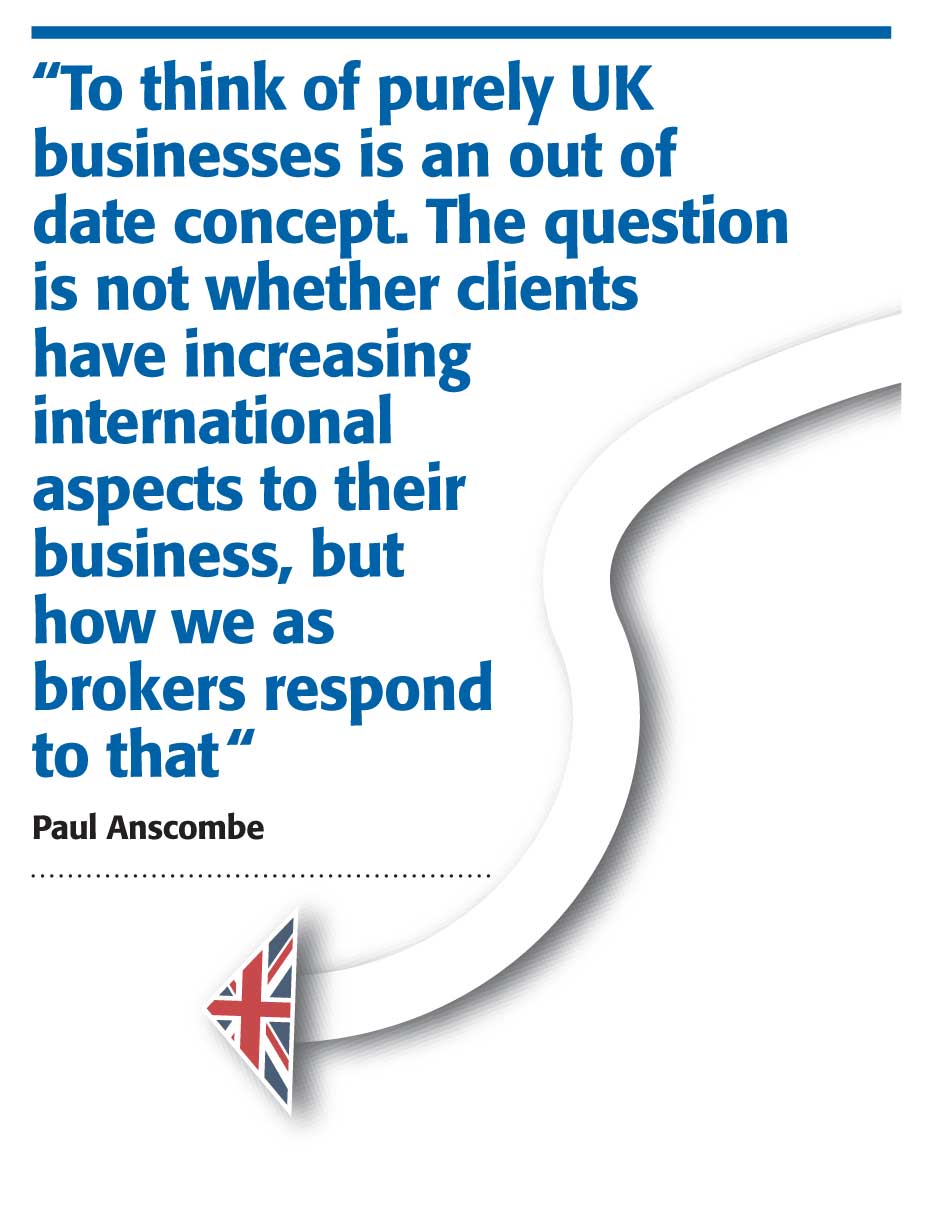 The other aspect he highlights is that, as part of a network where overseas brokers have clients with UK interests, then his firm can take care of these, which works well for all concerned.
The other aspect he highlights is that, as part of a network where overseas brokers have clients with UK interests, then his firm can take care of these, which works well for all concerned.
This is a route that Giles Insurance Brokers has also gone down and it has similarly joined Unison to provide the network of global partners it needs.
For smaller brokers, getting the balance right between internal expertise and external international partners is essential if they are going to operate internationally. “It is very difficult for smaller brokers to step up and they need to have that knowledge and expertise within their business in the UK,” comments Sean Finnegan, regional managing director at Giles. “They also need to be able to have that overseas partner, which can help with the delivery and execution of the global programme. If you do not have that then it is very difficult and it is a real challenge for smaller brokers who have clients that are growing overseas.”
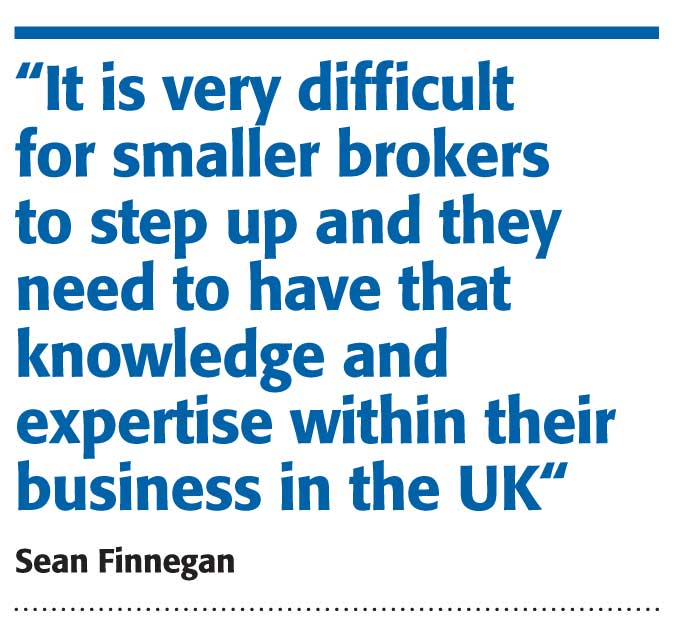 Numerous insurers, keen to extend the scope of the policies they write for certain clients, are also playing a part in helping brokers understand what it takes to set up an international programme or Freedom of Service (FOS) policy and the type of considerations required to ensure the right solution is put in place for each client.
Numerous insurers, keen to extend the scope of the policies they write for certain clients, are also playing a part in helping brokers understand what it takes to set up an international programme or Freedom of Service (FOS) policy and the type of considerations required to ensure the right solution is put in place for each client.
AIG has been on the road in recent months with its “In Our Shoes” workshop, covering many of the issues around international programmes. Stephen Morton, VP multinational centre of excellence, AIG, explains the rationale behind the programme: “We spent quite a lot of time talking to brokers and we went round the regional offices in Manchester, Birmingham, Croydon and Glasgow.
 “What became evident was that there was a hunger to know more and really understand about building a multi-national programme, the benefits it could bring to a client and also an understanding that you did not need to be a major multi-national corporation to have such a programme.”
“What became evident was that there was a hunger to know more and really understand about building a multi-national programme, the benefits it could bring to a client and also an understanding that you did not need to be a major multi-national corporation to have such a programme.”
Learning breeds confidence. Mr Morton says helping brokers understand just where international insurance programmes could help their clients enables them to raise this as a topic of discussion in meetings and to extend the scope of services they provide.
He adds: “If a client is in a couple of countries, then the broker’s natural tendency would not necessarily be to think multi-national programme because they would probably just have the local entities and place that coverage locally.
“It is as much about equipping the brokers with the information and the discussion points to talk with their clients effectively about what benefits international programmes could bring to them.”
The elements listed for analysis in the sessions by Mr Morton include how to design a multi-national programme, where local policies are needed, and where risk can be covered from the UK along with topics such as the pricing, the pros and cons of FOS policies, and the financial interest clause, which he says is a hot topic at the moment.
A role for insurers
It appears there is a lot of support from the broking community for these sorts of workshops. Mr Anscombe is in no doubt that insurers have an important role to play.
He says: “It has got to start from policy coverages, the areas where the insurer is able to offer cover, the claims handling ability, and policy wordings in different languages. It is also important to understand the differences in local legislation that might affect the programme. These are all things that need to be looked at and there is a lot insurers can do to help brokers in terms of education.”
Arranging international covers demands that brokers really find the most effective solution for the particular needs that clients have and so simply relying on FOS policies, which are becoming more prevalent, should not be the default option.
Mr Morton says: “FOS policies are a way, but not necessarily the best way, of placing the insurance. There can be more benefit from a client perspective in having a local policy and that has been one aspect of the training that brokers have appreciated us going into in more detail.
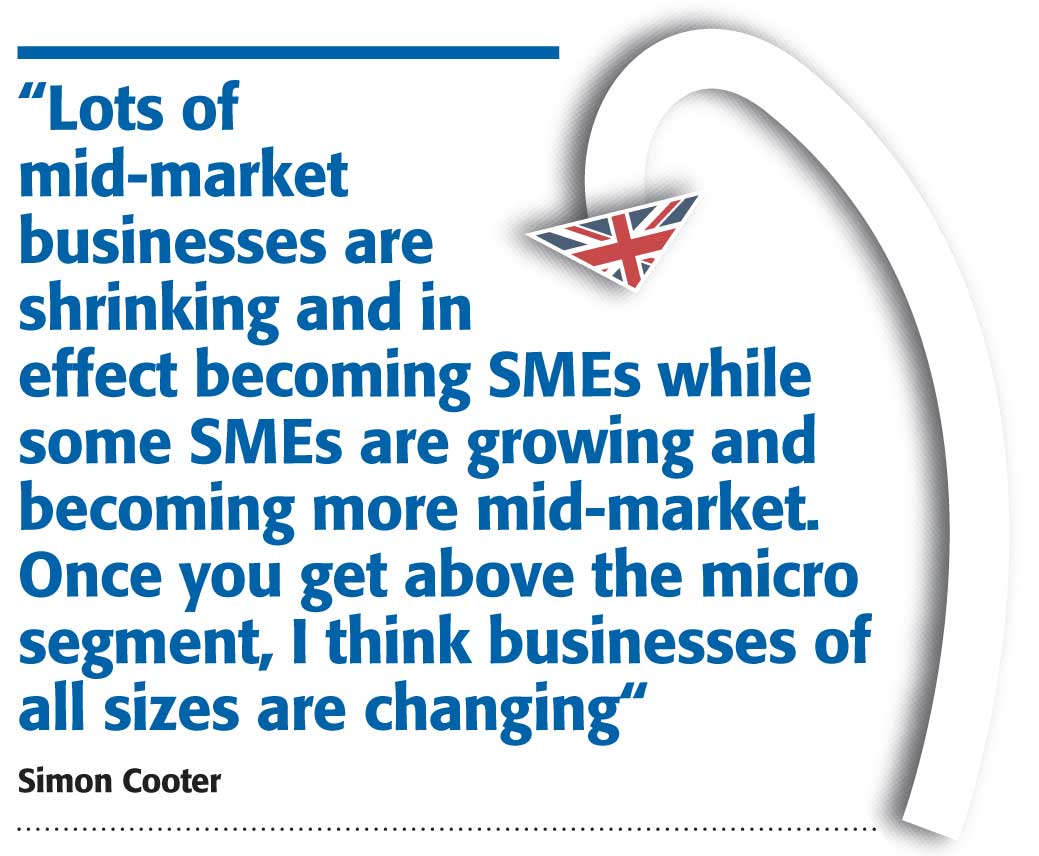 “FOS can be seen as a panacea, but it is horses for courses and it can depend on the coverage type, the certificates required, the level of exposures they have locally, and access to the various terrorism pools. This is something we look at in depth.”
“FOS can be seen as a panacea, but it is horses for courses and it can depend on the coverage type, the certificates required, the level of exposures they have locally, and access to the various terrorism pools. This is something we look at in depth.”
Summing up what it takes for brokers to cater for international clients effectively, Ashwin Mistry, chairman at Brokerbility, adds: “You need to understand what the client is going into and all of the risks that exist. You need a good grasp of the legal environment and the framework that is in place and you need to know how claims will be settled.”
However, it is not just on the overseas front that mid-market clients are evolving and most are keen to develop and diversify to safeguard their revenue streams for the future.
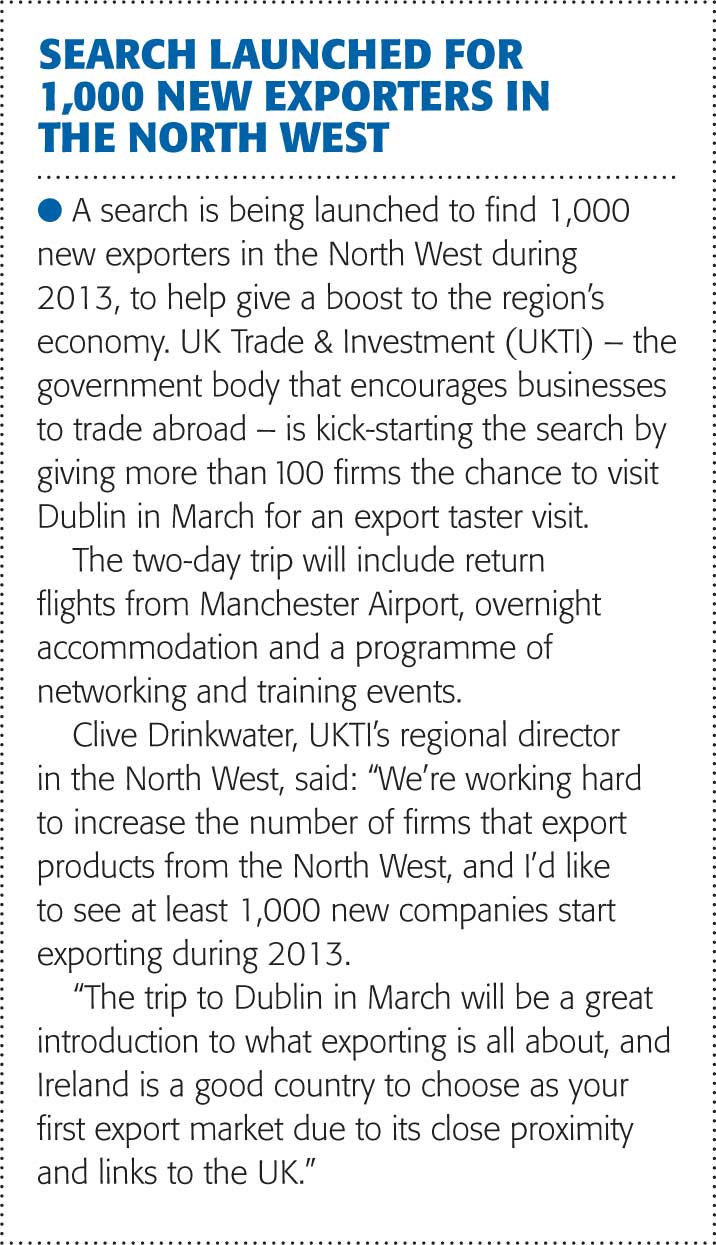 Simon Cooter, commercial lines director at Covea, feels there is real change in the mid-market sector, whether it be from companies expanding, shrinking or diversifying.
Simon Cooter, commercial lines director at Covea, feels there is real change in the mid-market sector, whether it be from companies expanding, shrinking or diversifying.
“Lots of mid-market businesses are shrinking and in effect becoming SMEs while some SMEs are growing and becoming more mid-market. Once you get above the micro segment, I think businesses of all sizes are changing,” he surmises. “Many are coming under pressure in core markets and looking at ways of diversifying their businesses to find new customers and new markets.
“They are also thinking of different ways of how they do business and are seeking to do things more efficiently and effectively. This means the risk in the business is changing.”
Indeed, there is a feeling that some, if not perhaps all, of the high-profile mid-market firms that have gone to the wall have done so because they have failed to adapt sufficiently well to the trading conditions and consumer appetites of the day.
Chris Dee, head of casualty insurance at Allianz Insurance, comments: “Although there have been companies that have gone into liquidation, there has been comment that they did not, probably, react to their environment quickly enough and they only traded through, for example, the high street and did not have a fantastic online offering. Some of the other traders such as John Lewis, have created an online offering that is very significant, but not at the expense of their high street offering. It is all about being able to adapt your business to suit the modern world.”
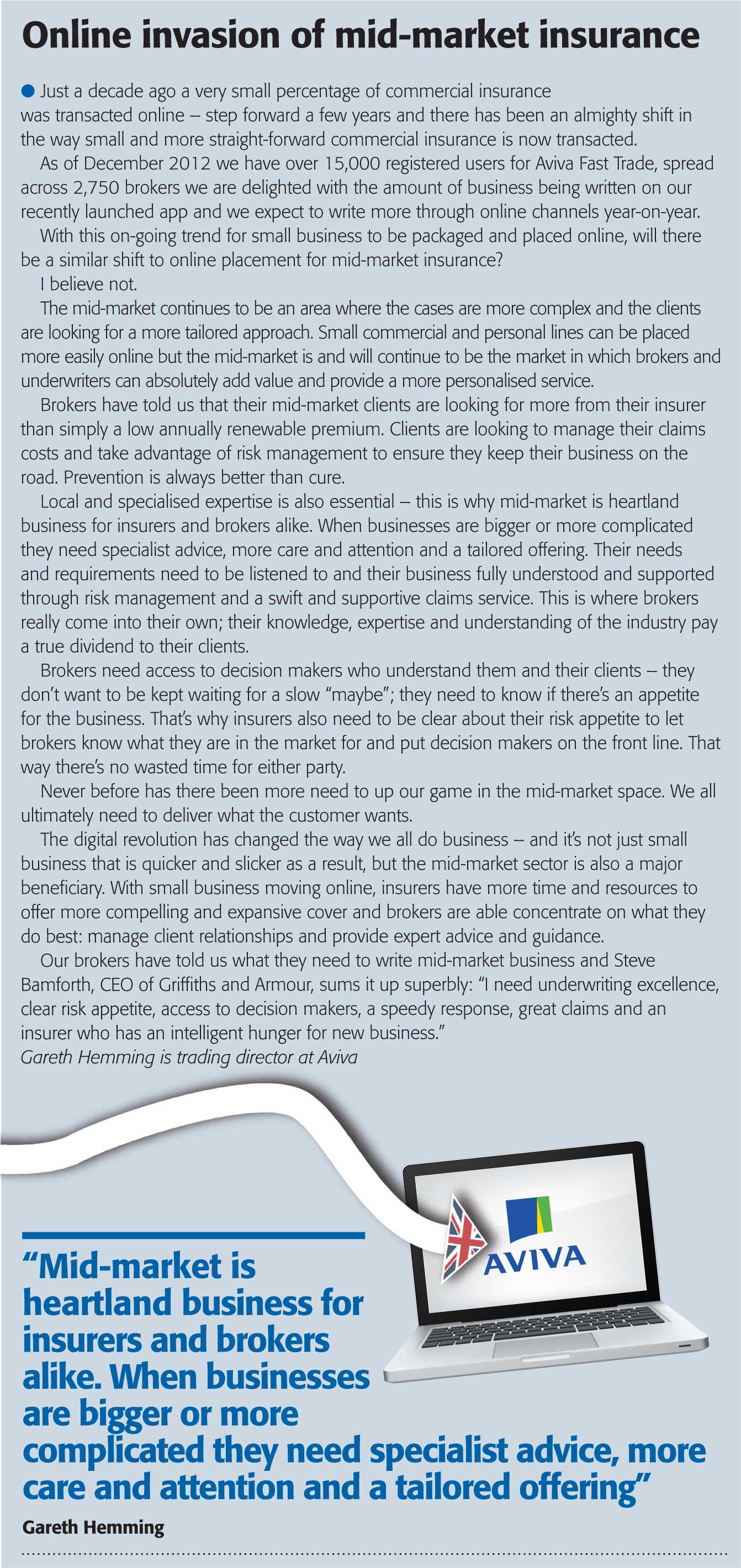
Fleet of foot
Whatever the truth about the plight that individual businesses find themselves in, the fact is that fleet and sure-footed change is needed if businesses are to remain successful. In turn, this means the risks that businesses represent are continually changing and this change needs to be understood if brokers and insurers are to cover it effectively.
It may seem like an obvious point, but at a time when there is an ongoing drive towards commoditisation, there is a genuine worry that brokers, insurers and businesses can sleepwalk into a situation where the policies in place do not meet the needs of the underlying risk.
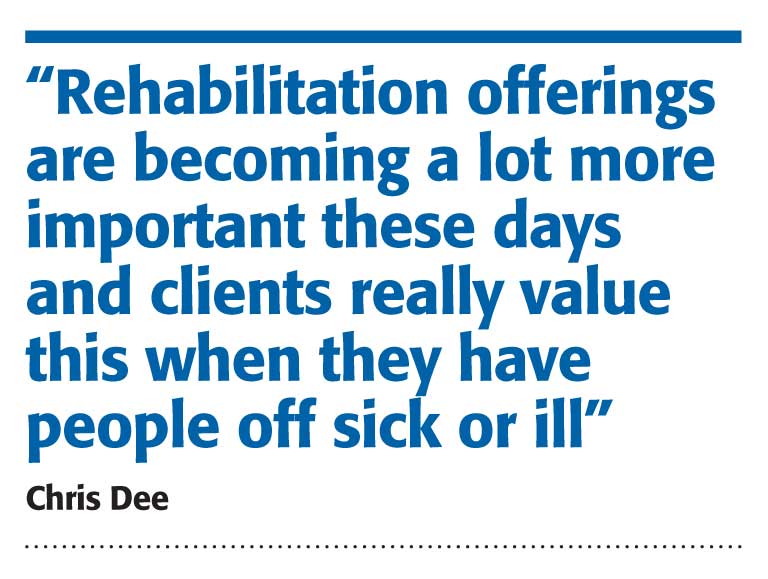 Mr Cooter comments: “Everyone has got to look at cost bases, but I think that you cannot commoditise mid-market business and expect to win in the long run. If you try and place that insurance on price alone then I think it is a dangerous game, both for brokers in terms of potential errors and omissions [E&O] claims, and for insurers as they may not necessarily be underwriting the risks they think they are. There is a desire to push up from SME to find cheaper and more efficient ways of handling businesses and frankly it is an incredibly short-term view.”
Mr Cooter comments: “Everyone has got to look at cost bases, but I think that you cannot commoditise mid-market business and expect to win in the long run. If you try and place that insurance on price alone then I think it is a dangerous game, both for brokers in terms of potential errors and omissions [E&O] claims, and for insurers as they may not necessarily be underwriting the risks they think they are. There is a desire to push up from SME to find cheaper and more efficient ways of handling businesses and frankly it is an incredibly short-term view.”
In a commoditised world then an insurer or a broker taking the view that the risk will be the same next year as it was this year and the year before that, is clearly fraught with danger.
“If you magnify that by two, three or four years and the broker and insurer have taken a price view on the risk rather than really trying to understand the client, then you get to the point where the insurer is actually underwriting a risk that is very different to the one they think they are underwriting,” states Mr Cooter.
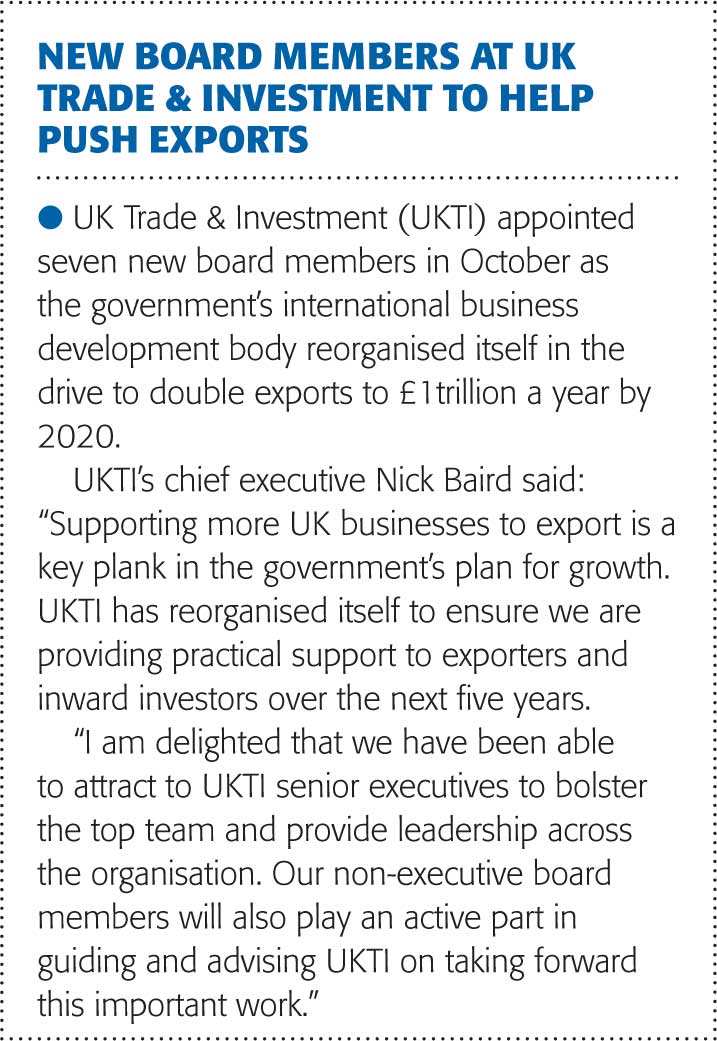 Clearly this is not in anyone’s best interests and insurers do not wish to be hit by certain types of losses they never thought would arise. Nor do brokers want to find themselves facing E&O claims against them in the event of clients finding their insurance does not respond as expected following a loss.
Clearly this is not in anyone’s best interests and insurers do not wish to be hit by certain types of losses they never thought would arise. Nor do brokers want to find themselves facing E&O claims against them in the event of clients finding their insurance does not respond as expected following a loss.
Giving a practical example, Mr Cooter says a business may previously have carried out a certain function in-house, which it has since outsourced. In doing so it fundamentally changes some of the inherent risks in the business.
However, if the broker and insurer are not close enough to that business to realise this change has taken place and the cover has simply been renewed rather than properly appraised, it is easy to see how problems could arise.
Where more standard or commoditised products can cover a risk effectively and at a more competitive price, then there is no harm in using them, but as a default option they do present a number of potential banana skins.
Adding value
Recommending the best time to use such products is exactly where the broker can and should be adding value to their clients as Mr Anscombe says: “I think there are certain coverages that you can commoditise. The broker’s role is to understand overall what their client needs and if the product is commoditised then that is not a problem per se. The broker’s role is to know where a more bespoke approach is required. This gives brokers the ability to really add value to the client and show their worth.”
Brokers serving mid-market clients also have opportunities to broaden the scope of services they offer and not just when it comes to the likes of overseas cover.
Indeed, where brokers can do this effectively, there is not only the possibility of deepening their relationship with the client, but there is also the ability to demonstrate the value they bring and to justify higher fees and premiums.
It is easy to get caught up in the belief that cash is king, but for businesses of all sizes there is always the need to ensure they are adequately protected and to explore solutions to the challenges they face.
Mr Dee explains: “Rehabilitation offerings are becoming a lot more important these days and clients really value this when they have people off sick or ill. Some brokers are also providing a much more holistic employee benefits type package around general fitness and health of employees.
“Nearly every client of mid-market size will have had liability or property claims at some point in time. They will all have problems with employee absence, leases and all manner of other issues regarding their business and so they really want to have partners who are able to provide a number of options and put possible solutions on the table for them.”
From a client’s perspective price will be important, but what they also need to know is that their broker and insurer are giving them good advice and that they are working with people they can rely on.
The mid-market space may not share the same reputation for agility as its SME counterpart, and although not as commoditised, there are still plenty of technological advances being made as the box on page 31 deals with.
But certainly no broker should view clients in the mid-market space as sluggish if they wish to prosper. It is a sector that is learning to diversify and move more quickly than ever before in the face of economic challenges. For brokers and insurers the task is to keep pace with those changes and make sure the evolving needs of clients can be served effectively.
Only users who have a paid subscription or are part of a corporate subscription are able to print or copy content.
To access these options, along with all other subscription benefits, please contact info@insuranceage.co.uk.
You are currently unable to print this content. Please contact info@insuranceage.co.uk to find out more.
You are currently unable to copy this content. Please contact info@insuranceage.co.uk to find out more.
Copyright Infopro Digital Limited. All rights reserved.
You may share this content using our article tools. Printing this content is for the sole use of the Authorised User (named subscriber), as outlined in our terms and conditions - https://www.infopro-insight.com/terms-conditions/insight-subscriptions/
If you would like to purchase additional rights please email info@insuranceage.co.uk
Copyright Infopro Digital Limited. All rights reserved.
You may share this content using our article tools. Copying this content is for the sole use of the Authorised User (named subscriber), as outlined in our terms and conditions - https://www.infopro-insight.com/terms-conditions/insight-subscriptions/
If you would like to purchase additional rights please email info@insuranceage.co.uk
Most read
- JMG strikes its biggest deal of 2024 with BQI swoop
- Pen inks £150m social housing capacity deal with SiriusPoint
- In Depth: Managing cyber risk in an ever-changing security landscape





